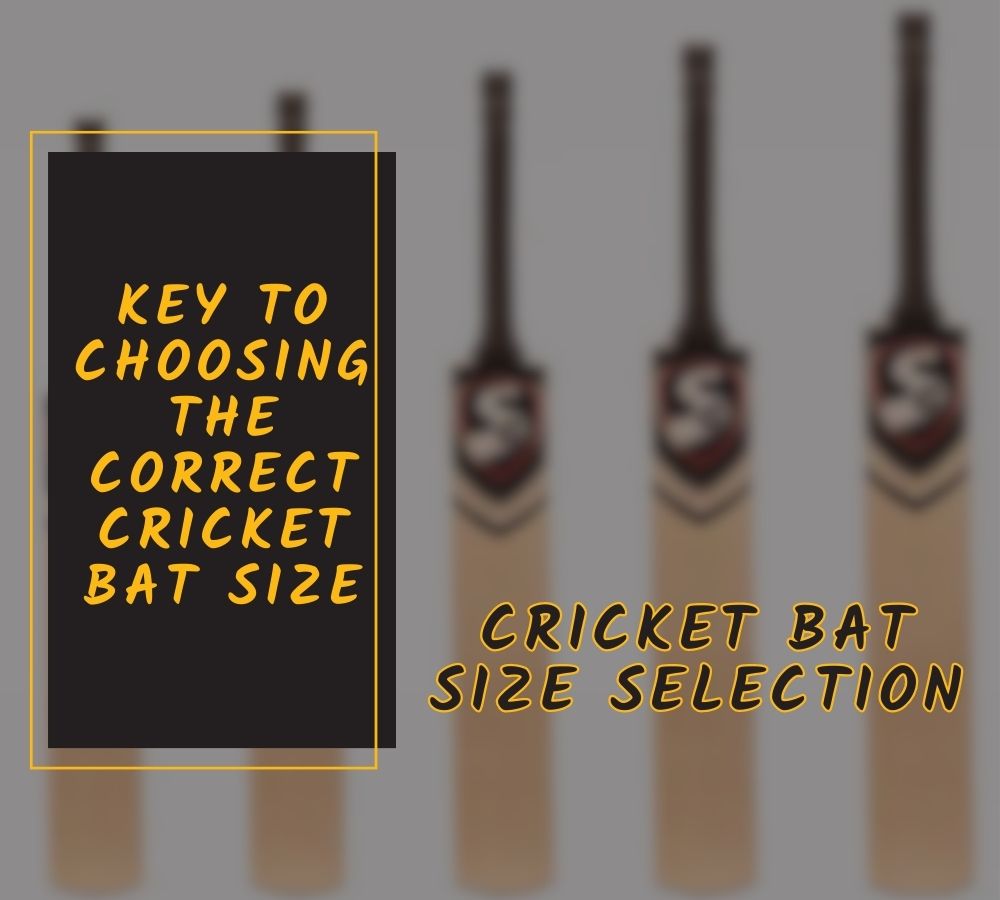Among the most exhilarating cricket game highlights – is the sight of a batsman dispatching the ball soaring over the boundary ropes, earning six runs for their team.
However, have you ever wondered how the distance of a six is measured in cricket?
In the context of measuring the distance of a six, cricket has witnessed a significant transformation.
Gone are the days when spectators relied on mere estimates or imaginative storytelling to relish the spectacle of a massive hit.
The modern game employs advanced tools and techniques that provide precise measurements, leaving little room for ambiguity.
In this article, let’s explore the secrets behind measuring a six in cricket and discover the impressive methods employed to capture the awe-inspiring moments.
How Was the Distance of Six Measured Previously?
In the early years of cricket, before the advent of advanced technologies, the measurement of sixes relied on rudimentary methods that involved estimating distances based on visual judgment and subjective assessments.
This section explores the historical approaches to measuring sixes and highlights the limitations and inconsistencies associated with these manual measurements.
A. Estimation through Visual Judgment:
Spectators and umpires would rely on their visual perception to estimate the distance of a six hit by a batsman.
Based on the ball’s trajectory and landing spot, observers would make a subjective assessment of the length of the shot.
However, this method was prone to errors due to the speed of the ball, the angle of observation, and variations in individual perception.
B. Reliance on Landmarks:
Landmarks present within or around the cricket ground were used as reference points to estimate the length of a six.
Trees, buildings, or specific features of the landscape were often employed as visual cues to gauge the distance covered by the ball.
While landmarks provided some guidance, their effectiveness was limited by their distance from the boundary and the angle of observation, leading to measurement inconsistencies.
Modern Way of Measuring the Distance of Six Runs in Cricket
With the advancement of technology, modern cricket has adopted sophisticated methods and tools for measuring the distance of sixes. This section explores the modern approaches to measuring sixes in cricket.
II. Modern Methods of Measurement:
With the advancement of technology, modern cricket has adopted sophisticated methods and tools for measuring the distance of sixes. These advancements have significantly enhanced the accuracy and consistency of distance measurements. This section explores the modern approaches to measuring sixes in cricket.
A. Radar Systems:
Radar systems, such as speed guns or radar guns, are commonly used to measure the speed of the ball in cricket.
These systems also provide valuable data for estimating a six’s distance by tracking the ball’s initial velocity and trajectory.
The distance can be calculated based on the time the ball travels from the point of impact to the landing spot.
B. 3D Ball Tracking Technologies:
Advanced 3D ball-tracking technologies, such as Hawk-Eye, have revolutionized distance measurement in cricket.
Multiple high-speed cameras strategically placed around the ground capture the ball’s movement in three dimensions. It visually represents the ball’s path and predicts its future position using complex calculations.
By analyzing the captured data, including the initial velocity, angle of projection, and trajectory, these systems accurately determine the distance the ball covers. It can accurately determine the distance traveled by the ball and its final landing spot, aiding in measuring sixes with precision.
C. Drone Surveillance:
Aerial technologies, particularly drones, have emerged as innovative tools for distance measurement in cricket.
Drones equipped with high-resolution cameras provide a bird’s-eye view of the playing field, capturing the entire trajectory of the ball.
By analyzing the drone footage, experts can accurately measure the distance the ball covers and determine whether it crossed the boundary for a six.
These advancements ensure accurate and objective measurements, eliminating ambiguity and enhancing the integrity of the game.
What are the biggest sixes in cricket history?
Here are some notable examples of massive sixes that have captivated cricket fans:
Martin Guptill: In the 2015 ICC World Cup quarterfinal match between New Zealand and West Indies, Martin Guptill smashed a massive six off the bowling of Andre Russell. The ball cleared the boundary and landed on the stadium roof, with an estimated distance of around 117 meters (approximately 128 yards).
Chris Gayle: Known for his powerful hitting, Chris Gayle has hit numerous monstrous sixes throughout his career. In the Indian Premier League (IPL), Gayle’s six off the bowling of Rahul Sharma during a match in 2013 was measured at approximately 119 meters (approximately 130 yards).
Mark Waugh: In a Test match against New Zealand in 1995, Mark Waugh unleashed a colossal six that sailed over the Adelaide Oval’s stands and landed on the roof of the Sir Donald Bradman Pavilion. The distance covered by the ball was estimated to be around 112 meters (approximately 122 yards).
Corey Anderson: Playing for New Zealand against Bangladesh in 2014, Corey Anderson launched a monstrous six that cleared Eden Park’s stands and landed outside the stadium. This mammoth hit was approximately 120 meters (approximately 131 yards).
Some Frequently Asked Questions
Q. Who invented Hawk-Eye technology?
A. Hawk-Eye, the renowned technology used in sports, was conceptualized and developed by Dr. Paul Hawkins, a passionate sports enthusiast and former county cricketer. Driven by his background in artificial intelligence, Hawkins embarked on a career at the technology company Roke Manor Research following the completion of his Ph.D. in 1999. The invention of Hawk-Eye bears his name as a testament to his dedication and involvement in its creation.
Conclusion
Understanding how the distance of sixes is measured in cricket unveils a fascinating blend of art and science.
From the explosive power of batsmen to the precision of technology, this process is far from arbitrary. It involves a combination of factors, including the velocity and angle of the shot, the aerodynamics of the ball, and advanced measurement technologies.
As the sport evolves and technology advances, so too will our understanding of measuring sixes, adding an extra layer of excitement to an already thrilling game. So next time you witness a breathtaking six, you’ll have a newfound appreciation for the science and artistry that contributes to its measurement in the enthralling world of cricket.




